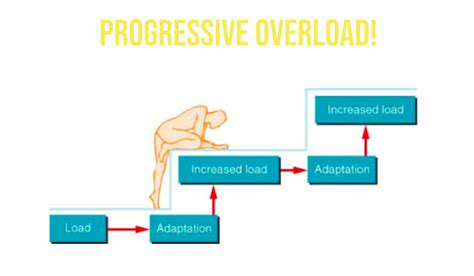Best Foam Rolling Techniques for Recovery and Flexibility
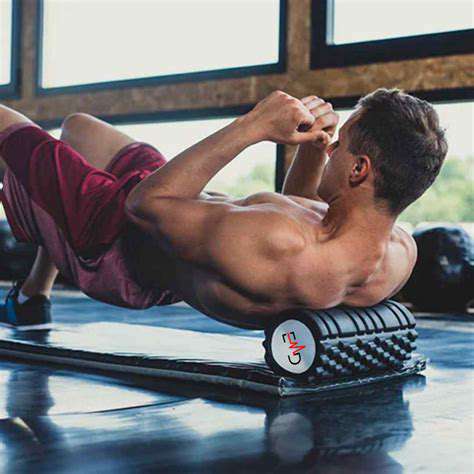
Foam Rolling Frequency and Duration
Optimal Foam Rolling Frequency
Determining the ideal foam rolling frequency depends heavily on individual factors like training intensity, recovery rate, and existing injuries. For most healthy individuals aiming for muscle recovery and improved flexibility, incorporating foam rolling into their routine 2-3 times per week is a suitable starting point. This frequency allows muscles to recover adequately without over-stimulation or causing potential delayed-onset muscle soreness (DOMS).
However, those engaging in high-intensity workouts, such as athletes or those participating in strenuous physical activities, might benefit from incorporating foam rolling more frequently, up to 4-5 times a week, to address the increased muscle fatigue and potential micro-tears resulting from their training regimen.
Foam Rolling Duration per Session
The duration of each foam rolling session is equally important as the frequency. Aiming for 15-20 minutes per session is a good starting point for most. This allows sufficient time to target major muscle groups without causing undue fatigue or discomfort. Remember that quality over quantity is key; focusing on thorough and targeted movements within this timeframe is more effective than rushing through the process.
For individuals experiencing specific muscle tightness or soreness, a slightly longer session (20-30 minutes) might be necessary to fully address those areas. However, extending beyond 30 minutes is generally not recommended unless specifically guided by a physical therapist or healthcare professional.
Targeted Muscle Groups and Foam Rolling
Foam rolling isn't a one-size-fits-all approach. Different muscle groups require varying levels of pressure and duration. For example, the quadriceps muscles, which are often tight after running or cycling, might benefit from 2-3 minutes of rolling, while the calves, which are frequently overworked in athletes, may necessitate a slightly longer duration of 3-5 minutes.
Individualized Foam Rolling Schedules
Building a personalized foam rolling schedule requires careful consideration of your individual needs. Listen to your body's signals, and adjust the frequency and duration of your sessions accordingly. If you experience excessive pain or discomfort during foam rolling, stop immediately and consult with a healthcare professional. If you find that a particular muscle group is consistently tight or sore, dedicate more time to targeting that area.
Foam Rolling for Specific Pain Points
If you're experiencing specific pain or discomfort in a particular muscle group, foam rolling can be an effective tool for targeted relief. For example, if you're experiencing persistent hip pain, dedicated foam rolling sessions focusing on the glutes, hip flexors, and hamstrings can help ease the discomfort. However, consulting with a physical therapist or doctor is crucial if pain persists or worsens after foam rolling.
Combining Foam Rolling with Other Recovery Techniques
Maximizing the benefits of foam rolling often involves combining it with other recovery methods. Techniques like stretching, light cardio, and adequate sleep can complement foam rolling to enhance muscle recovery and flexibility. For example, following a foam rolling session with static stretches can improve the range of motion in targeted muscles, while adequate sleep ensures the body's natural repair processes can function optimally.
Visual inspection, a cornerstone of many quality control processes, involves meticulously scrutinizing materials, products, or components for defects. This initial, often overlooked step can significantly impact downstream processes, preventing costly rework or product recalls. A trained eye, equipped with the proper knowledge and tools, can identify a multitude of issues, from minor surface blemishes to severe structural flaws, ensuring that only high-quality items proceed to further stages of production or distribution.
Important Considerations for Safe and Effective Foam Rolling
Proper Form and Technique
Maintaining proper form during foam rolling is crucial for maximizing its benefits and minimizing the risk of injury. Focus on a slow, controlled rolling motion, applying enough pressure to feel a stretch but not so much that it causes pain. Avoid bouncing or jerking movements, as these can put undue stress on the tissues and potentially lead to injury. A steady, rhythmic pressure is key. It's often helpful to use a variety of pressures and speeds to target different areas of tightness and tension in your muscles.
When working on specific muscle groups, like the quads or hamstrings, pay attention to the alignment of your body. Ensure you're not twisting or arching your back, as this can lead to strain or injury. Keep your core engaged and maintain a stable position throughout the roll. Proper form not only enhances the effectiveness of foam rolling but also minimizes the risk of discomfort and potential injuries.
Choosing the Right Foam Roller
The type of foam roller you choose can significantly impact your experience. Different densities and diameters are available, catering to various needs and preferences. A firmer roller is often preferred for deeper tissue work, targeting areas with significant muscle tension. A softer roller, on the other hand, is better suited for individuals who are new to foam rolling or those who have more sensitive tissues. Consider your individual needs and experience level when making your selection. Experiment with different densities to find the one that best suits your preferences and body type.
Beyond density, the size and shape of the foam roller also play a role. A longer roller, for example, might be better suited for targeting larger muscle groups like the back or quads, while a smaller roller could be ideal for working on smaller, more delicate areas like the calves or forearms. The material of the foam roller can also affect your experience; some materials are more durable and provide a firmer feel compared to others. Taking the time to consider these factors will help you choose the right foam roller for your specific needs.
Understanding Your Body's Response
Pay close attention to how your body responds during foam rolling. Listen to your body and stop if you feel any sharp pain or discomfort. A dull ache or a feeling of deep tissue release is normal, but sharp pain signals that you're pushing too hard and should immediately stop and adjust your technique or pressure. This is a crucial aspect of safe foam rolling practice. Ignoring pain can lead to further injury and hinder your progress.
Progressive overload is also important. Gradually increase the duration and intensity of your foam rolling sessions over time. Starting with shorter sessions and gradually increasing the time as your body adapts will help you avoid overexertion and maintain a positive experience. This allows your muscles and connective tissues to gradually adjust to the new stimulus, promoting long-term improvements in flexibility and recovery.
Read more about Best Foam Rolling Techniques for Recovery and Flexibility
Hot Recommendations
-
*Guide to Managing Gout Through Diet
-
*Best Habits for Financial Well being
-
*How to Build a Routine for Better Mental Health
-
*How to Eat Healthy on a Budget [Tips & Meal Ideas]
-
*Guide to Practicing Self Acceptance
-
*How to Incorporate More Movement Into Your Day
-
*Guide to Managing Chronic Pain Naturally
-
*Guide to Building a Reading Habit for Well being
-
*Top 5 Weight Loss Supplements That Actually Work
-
*Best Exercises for Postpartum Recovery [Beyond Abdominal Work]
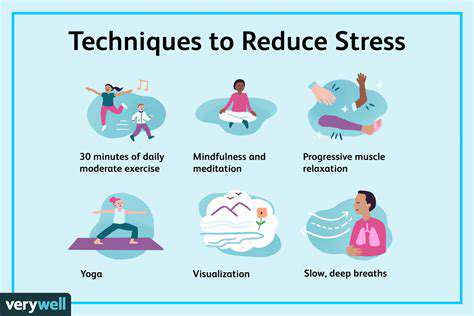
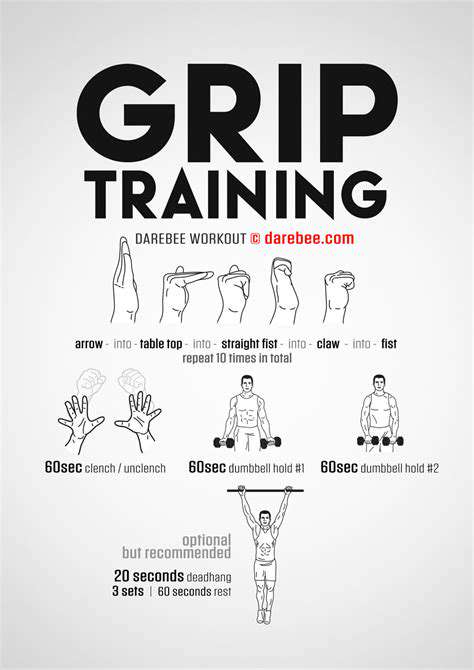


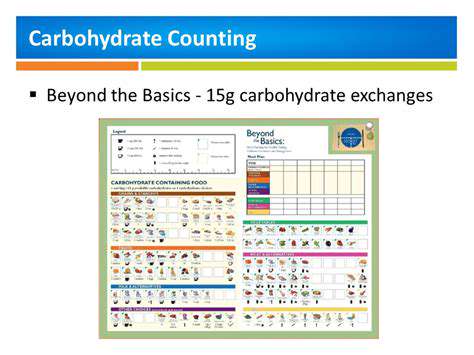



![How to Train for a 5K Run [Plan Included]](/static/images/26/2025-07/NutritionandRecoveryStrategiesforOptimalPerformance.jpg)

